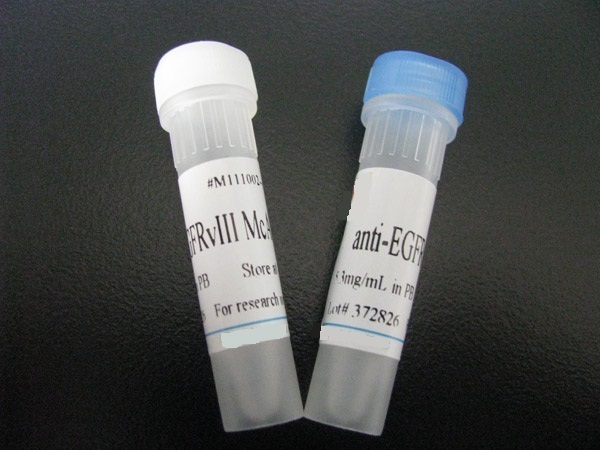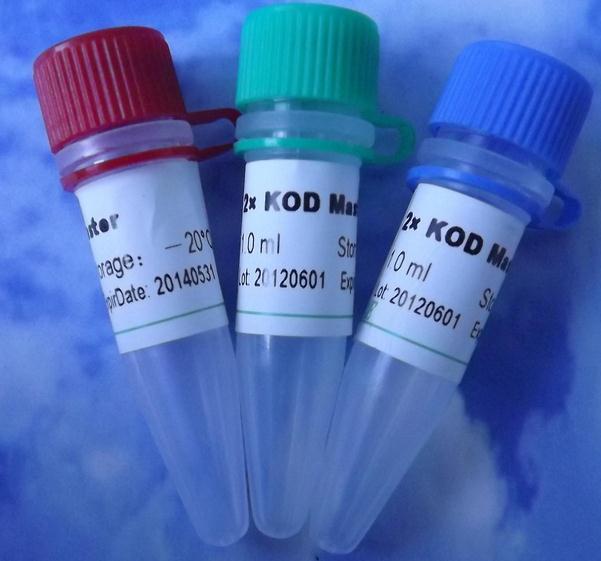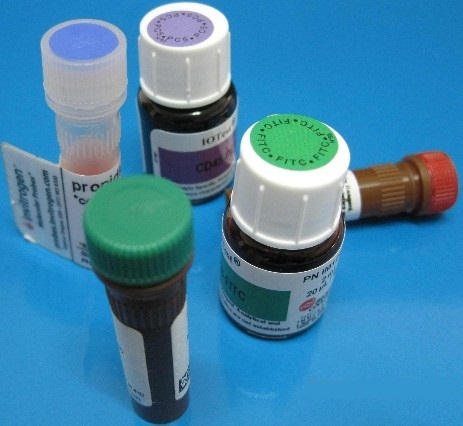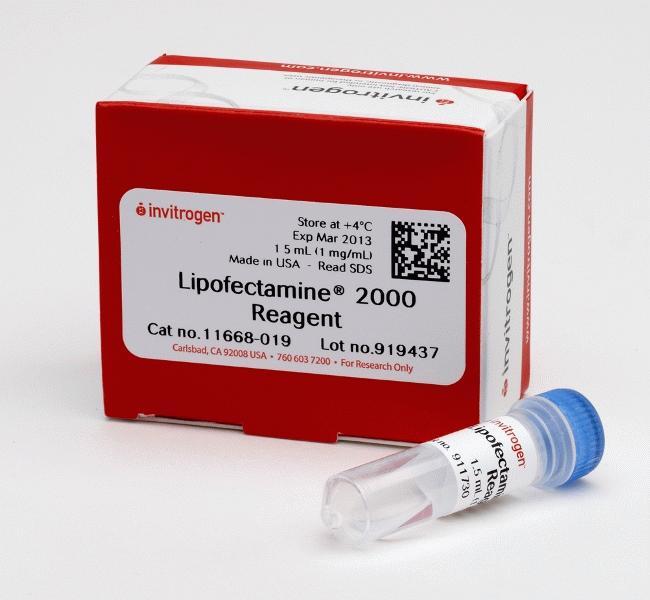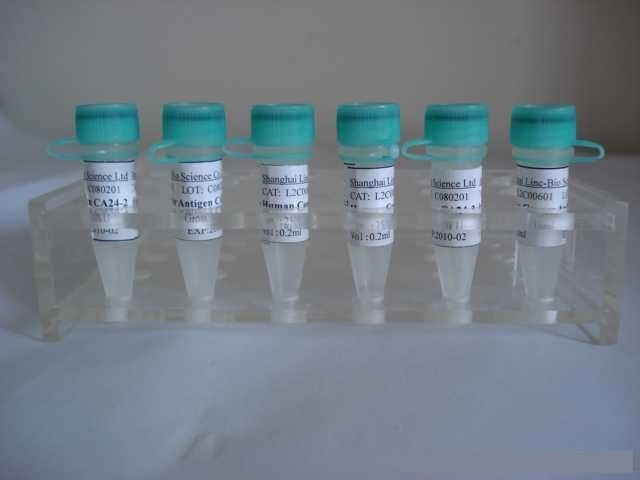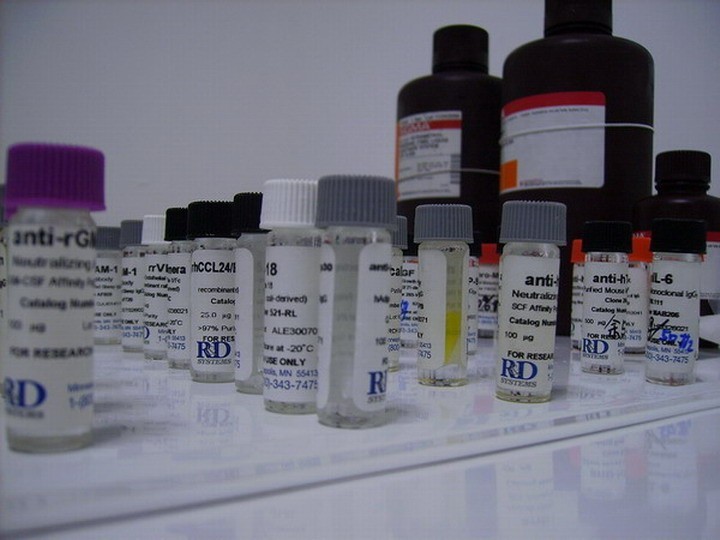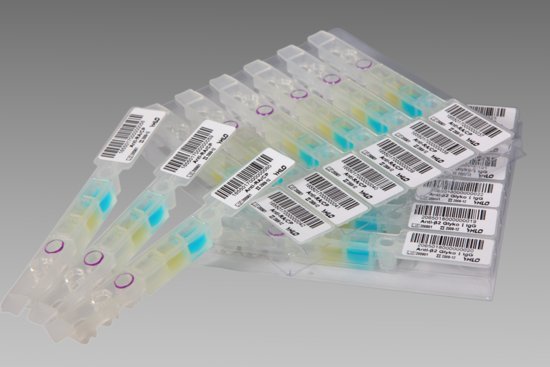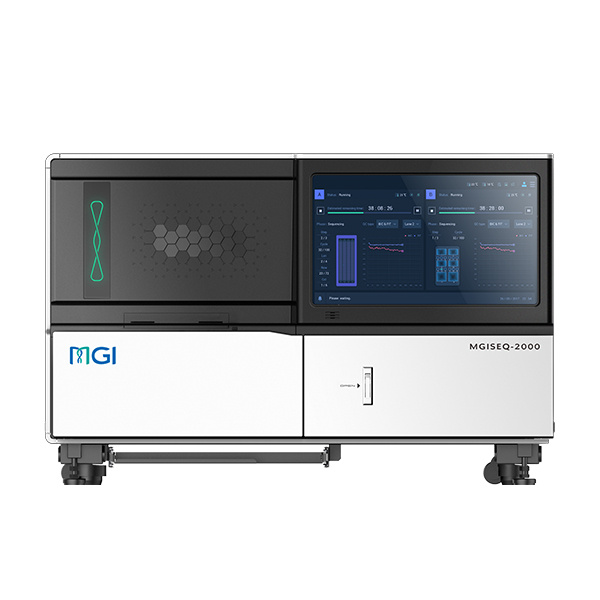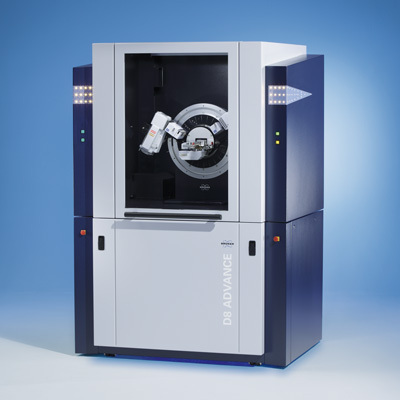浓 度 1mg/1ml
规 格 0.2ml/200μg
抗体来源 Rabbit
克隆类型 polyclonal
交叉反应 Human, Mouse, Rat, Chicken, Dog, Cow, Horse
产品类型 一抗
研究领域 肿瘤 细胞生物 免疫学 发育生物学 信号转导 糖尿病
蛋白分子量 predicted molecular weight: 98kDa
性 状 Lyophilized or Liquid
免 疫 原 KLH conjugated synthetic peptide derived from human DPP9/DPRP2
亚 型 IgG
纯化方法 affinity purified by Protein A
储 存 液 Preservative: 15mM Sodium Azide, Constituents: 1% BSA, 0.01M PBS, pH 7.4
产品应用 WB=1:100-500 ELISA=1:500-1000 IP=1:20-100 IHC-P=1:100-500 IHC-F=1:100-500 IF=1:100-500
(石蜡切片需做抗原修复)
not yet tested in other applications.
optimal dilutions/concentrations should be determined by the end user.
保存条件 Store at -20 °C for one year. Avoid repeated freeze/thaw cycles. The lyophilized antibody is stable at room temperature for at least one month and for greater than a year when kept at -20°C. When reconstituted in sterile pH 7.4 0.01M PBS or diluent of antibody the antibody is stable for at least two weeks at 2-4 °C.
Important Note This product as supplied is intended for research use only, not for use in human, therapeutic or diagnostic applications.
二肽基肽酶9抗体产品介绍 Dipeptidyl peptidase that cleaves off N-terminal dipeptides from proteins having a Pro or Ala residue at position 2.Dipeptidyl peptidases (DPPs) mediate regulatory activity of their substrates and have been linked to a variety of diseases including type 2 diabetes, obesity and cancer. DPPs have post-proline dipeptidyl aminopeptidase activity, cleaving Xaa-Pro dipeptides from the N-termini of proteins. DPPs can bind specific voltage-gated potassium channels and alter their expression and biophysical properties and may also influence T cells. DPP proteins include DPRP1, DPRP2, DPP3, DPP7, DPP10, DPPX and CD26. DPRP2 (dipeptidyl-peptidase IV-related protein 2), also known as DPP9 (dipeptidyl-peptidase 9), or DP9, is a member of the peptidase S9B family of proteins that exhibit prolyl oligopeptidase activity. DPRP2 localizes to the cytoplasm and is ubiquitously expressed with predominant expression in heart, muscle and liver. DPRP2 may play an important role in the regulation of signaling by peptide hormones.
Function : Acts as co-chaperone regulating the molecular chaperones HSP70 and HSP90 in folding of steroid receptors, such as the glucocorticoid receptor and the progesterone receptor. Proposed to act as a recycling chaperone by facilitating the return of chaperone substrates to early stages of chaperoning if further folding is required. In vitro, induces ATP-independent dissociation of HSP90 but not of HSP70 from the chaperone-substrate complexes. Recruits NR1I3 to the cytoplasm (By similarity).
Subcellular Location : Cytoplasm, cytosol.
Tissue Specificity : Ubiquitously expressed, with highest levels in liver, heart and muscle, and lowest levels in brain.
Similarity : Belongs to the peptidase S9B family. DPPIV subfamily.
Database links :
![]()




